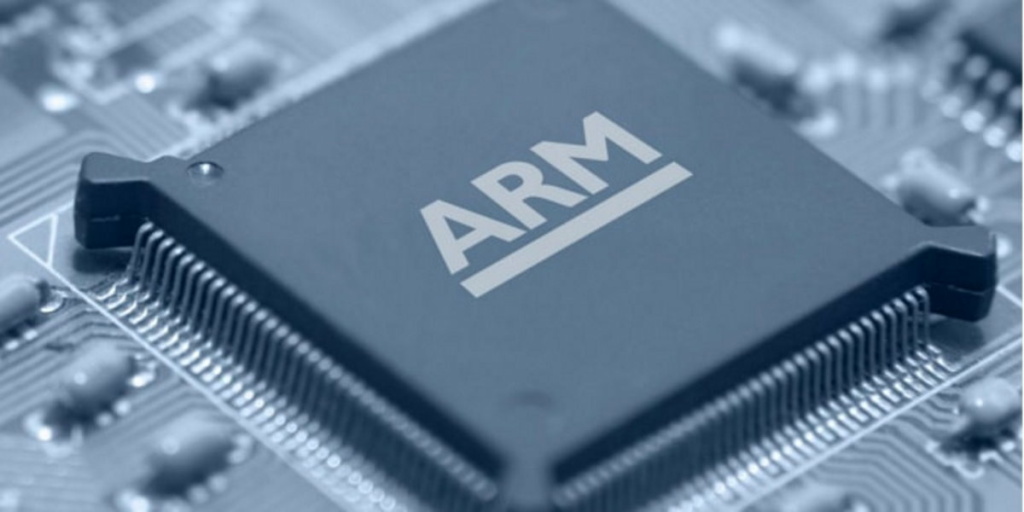
PC wars: will Arm (finally) give x86 a run for its money?
Catching up to TSMC in process technology, shouldering massive investments in fabs and finding customers for the new foundry business – Intel CEO Pat Gelsinger faces a set of massive challenges. But Arm encroaching on his company’s home turf is not one of them, apparently. “Arm and Windows client alternatives, generally, have been relegated to pretty insignificant roles in the PC business. We don’t see these potentially being all that significant overall,” he told analysts recently. Putting on a brave face comes with the job.
Apple has shown the world what Arm can do beyond the mobile domain. The M series chips in Macbooks and Mac PCs, of which a third generation was recently launched, match the performance of x86 processors in relevant day-to-day tasks while drawing significantly less power. Not bad for a “lifestyle company from Cupertino,” as Gelsinger reportedly once referred to Apple.
Explode
Since the introduction of the M1 three years ago, Apple’s market share in PCs and notebooks has grown 60 percent, compared to Microsoft’s 6 percent, according to data from Statcounter. Looking back further, Apple’s desktop market share in the US rose from 8 percent in 2013 to around 20.5 percent today. Although these numbers need to be understood against the backdrop of a declining overall PC market, it’s clear that Apple is doing better than Microsoft.
This hasn’t gone unnoticed in Redmond. After a decade of fruitless efforts, the determination to diversify Windows hardware is at an all-time high. The software giant is tapping chip designers AMD and NVidia to develop Arm silicon for Windows, according to a Reuters report. These companies would be joining Qualcomm, which has an exclusivity arrangement with Microsoft to develop Arm-based notebook chips until 2024. Qualcomm’s latest stab at the potentially lucrative business – the Snapdragon X Elite developed by former Apple engineers – “looks like a legit Intel rival,” PCWorld concluded after some early benchmarking.
In the server market, there’s not much reprieve for x86 peddlers, either. Companies like Google, Amazon and Facebook are developing their own silicon. Only a couple percent of the cloud currently runs on Arm, but that proportion is set to explode. Last year, research firm Canalys projected that Arm architectures will take over half of the cloud server market by 2026.
Nudging
There’s no denying, however, that Arm needs to scale a major barrier before Windows users will warm to its hardware – software compatibility. It’s not enough that Microsoft creates an operating system for Arm, optimal performance demands that software developers create Arm versions of their apps. Such a transition is much easier to do in the MacOS universe, on which Apple has a tight grip, than in the more diverse Windows domain.
The software hurdle has been the reason why Windows on Arm has been dismissed as a pipe dream for over a decade. But once a broader base of support from chipmakers builds, developers will be easier to persuade. Microsoft recently started gently nudging them by launching an Arm Advisory Service to help develop Arm-optimized apps.
Still not worried, Pat?
Main picture credit: Iphonedigital/Flicker





